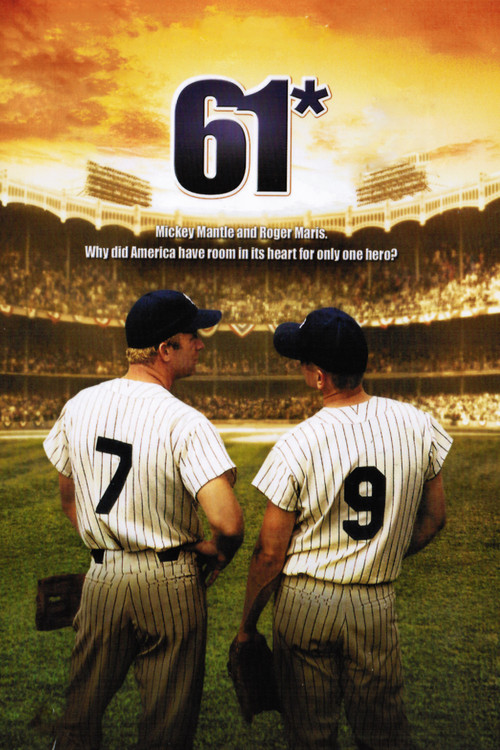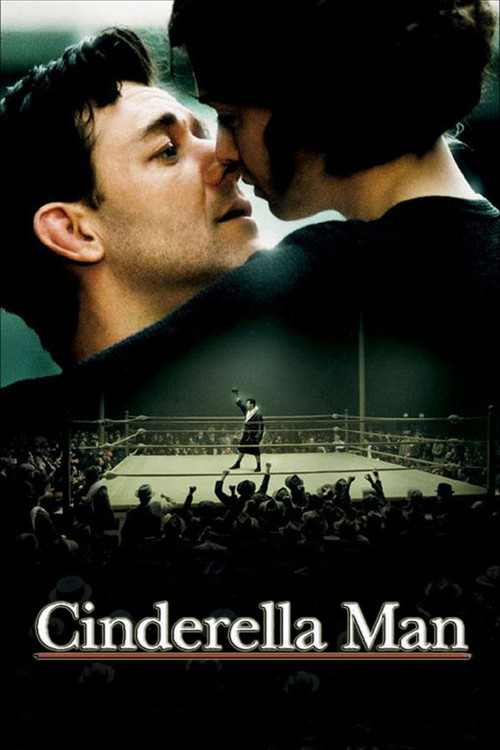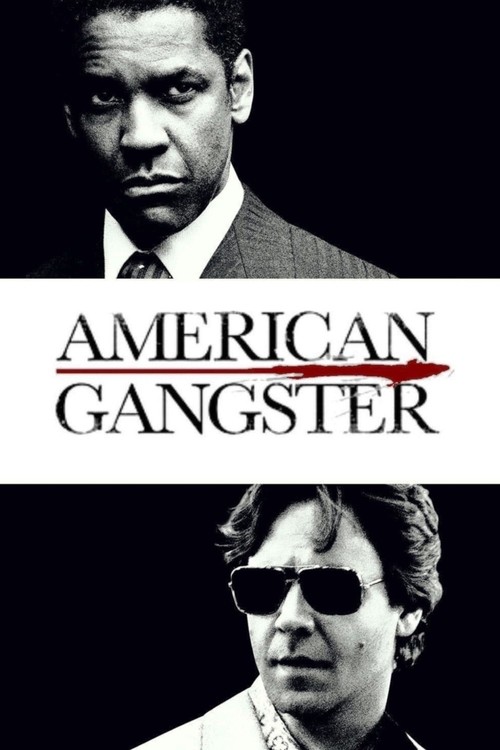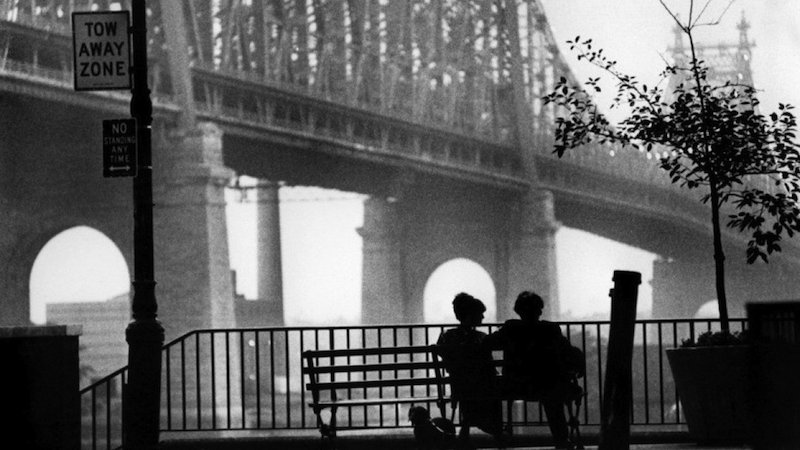
I have an ongoing love affair with New York, the city that formed me. I was born here, and though I’ve left occasionally, it was never for very long. The pace, color, and excitement of this amazing town always drew me back like a magnet, and holds me still.
No surprise then that I love experiencing the potent nostalgia of great films that recall the New York City of my early years. Here are just a few:
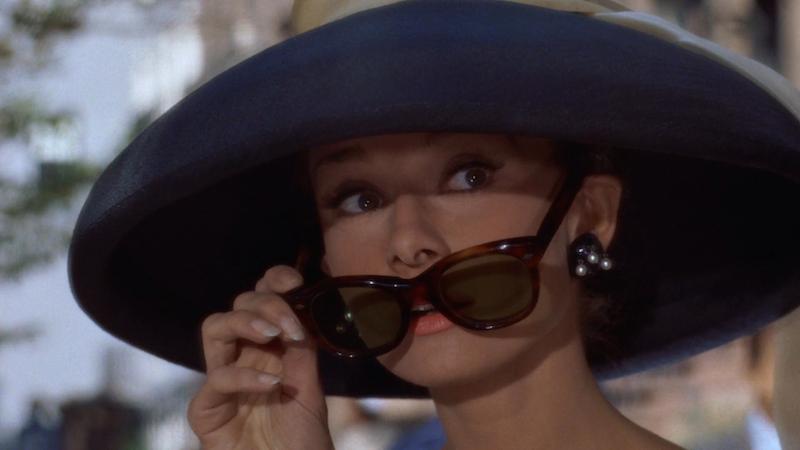
Blake Edwards’ “Breakfast at Tiffany’s” (1961) is one New York film whose quirky charm hasn’t faded. Based on Truman Capote’s novella, this is the story of Holly Golightly (the gossamer Audrey Hepburn), an eccentric, dreamy party girl who won’t come down to earth, and her neighbor, frustrated writer Paul Varjak (George Peppard) who falls under her spell. With a filmography as impressive as Hepburn’s, it’s notable that the cult status of “Breakfast” makes Holly her signature role. Peppard also holds his own nicely as her friend, protector, and suitor. And that score still melts my heart, particularly Henry Mancini’s immortal “Moon River”.
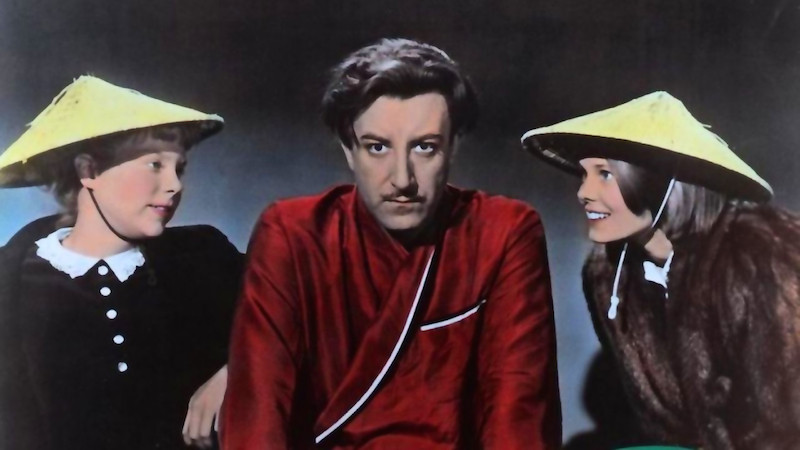
Perhaps the film that transports me back most completely to my New York youth is “The World of Henry Orient” (1964). Directed by George Roy Hill, “World” recounts the Manhattan adventures of two twelve-year old, private school girls (Merrie Spaeth and Tippy Walker) who fixate on, then systematically stalk, a third-rate orchestra conductor and Lothario (Peter Sellers, in top form). The two young female leads, both non-actors, give uncommonly natural performances for the time. And Angela Lansbury plays one girl’s cold, adulterous mother to perfection.
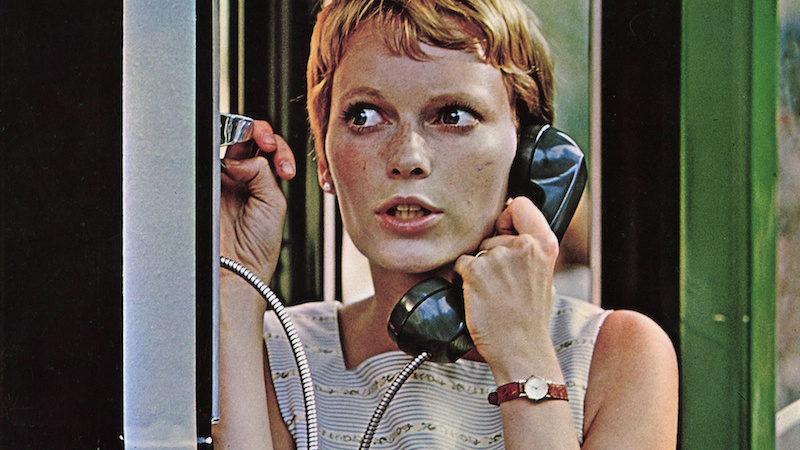
Roman Polanski’s “Rosemary’s Baby” (1967) is another quintessentially New York film. Shot on location at The Dakota apartment building (where John Lennon lived and thirteen years later, was shot and killed) , this story of a modern day witches’ coven with designs on the unborn child of a housewife (Mia Farrow) is a subtle, literate chiller that builds to a shocking climax. Farrow is suitably vulnerable as Rosemary, while John Cassavetes and Ruth Gordon stand out in a first-rate supporting cast.
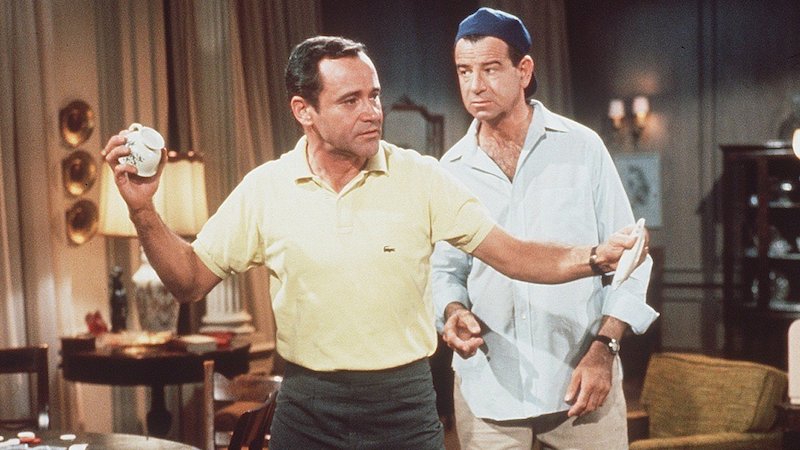
“The Odd Couple” (1968) was the second and best pairing of real-life buddies Jack Lemmon and Walter Matthau, playing two divorced men who are polar opposites and yet attempt to be roommates. Neil Simon’s story had been a play, and would also spawn both a long-running TV series and an ill-advised sequel. The inspired premise of a platonic, male love/hate relationship is best realized in this, the original film, with Lemmon’s neurotic and melancholy Felix Unger counter-balanced by Matthau’s Oscar Madison, a casual, carefree sportswriter who can’t be bothered to clean up..
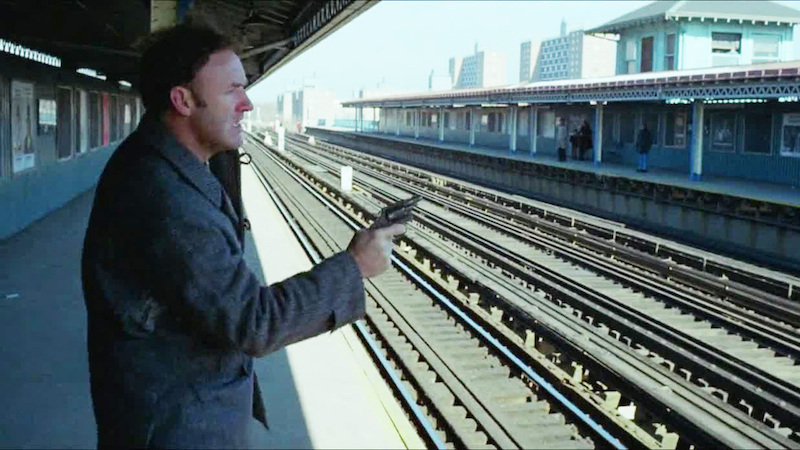
My next two New York movies also happen to be among the best cop films ever made “The French Connection”(1971), and “Serpico” (1973).
“Connection” relates the real life story of a dogged NYPD detective who busts a large heroin ring virtually single-handedly. Gene Hackman’s electrifying performance in the central role of Popeye Doyle won him an Oscar and transformed him from solid supporting player to star virtually overnight. Shot verite-style by William Friedkin, this spellbinding movie evokes the slightly fraying quality of New York fifty years ago, which only adds to the edginess of this amazing film.
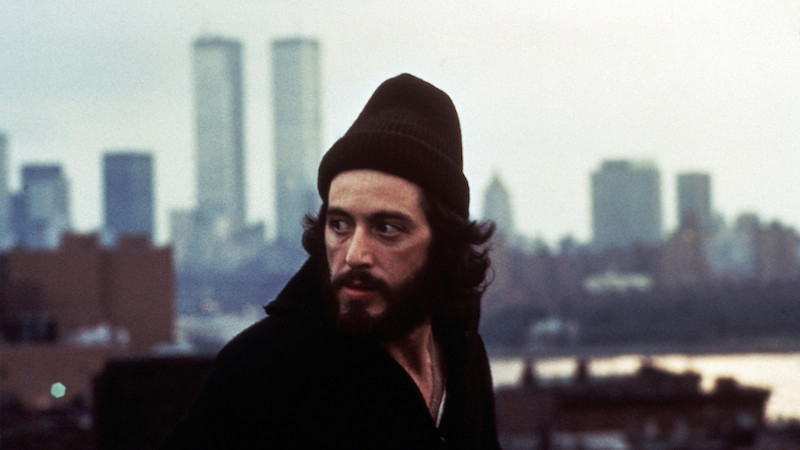
Sidney Lumet’s “Serpico”, also based on a true story, concerns a courageous young cop who decides to expose widespread corruption within the police department during the sixties. Featuring a stunning portrayal by Al Pacino in the title role (fresh off “The Godfather”), “Serpico” is the ultimate David and Goliath story, about the price of virtue in a less than virtuous world: first, isolation; then, violence.
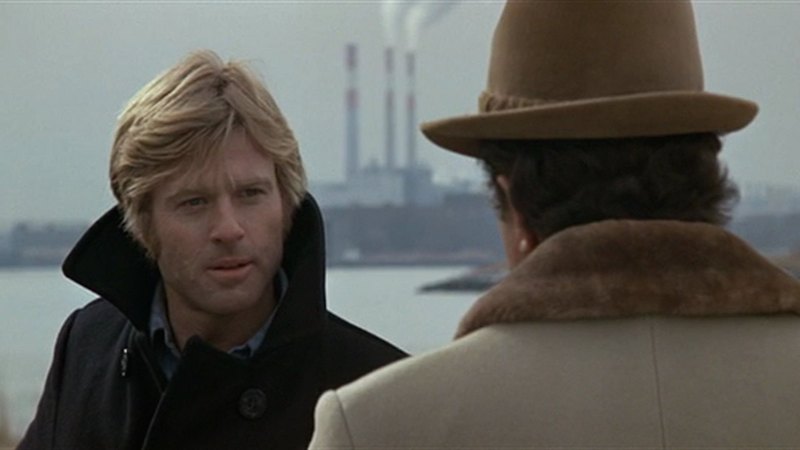
Two years later came the release of Sydney Pollack’s gripping spy thriller, “Three Days of The Condorays Of The Condor”, starring Robert Redford and Faye Dunaway. A CIA analyst (Redford) just happens to be absent when the rest of his colleagues are slaughtered in their Manhattan brownstone headquarters. He goes on the lam to ensure he’s not next and to discover just what’s going on. Dunaway plays his terrified hostage who first supplies cover, then over time, softens to provide even more (this is, after all, Redford in his prime). With excellent supporting turns by Max Von Sydow and Cliff Robertson, “Condor” is as engrossing and exciting as the city where it takes place.
With these superlative titles, I’ve still only scratched the surface of great cinema shot in and around New York, so happily this theme will bear revisiting.
In the meantime, my own love affair with Manhattan continues, nurtured by these special movies that romance this town, and that recall the early days of our courtship, reminding me why I fell in love in the first place.
